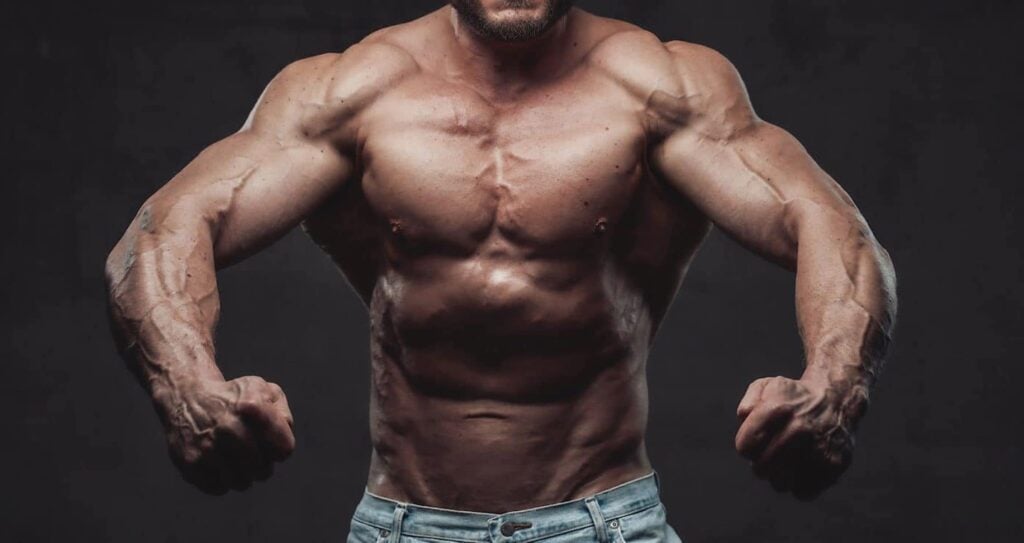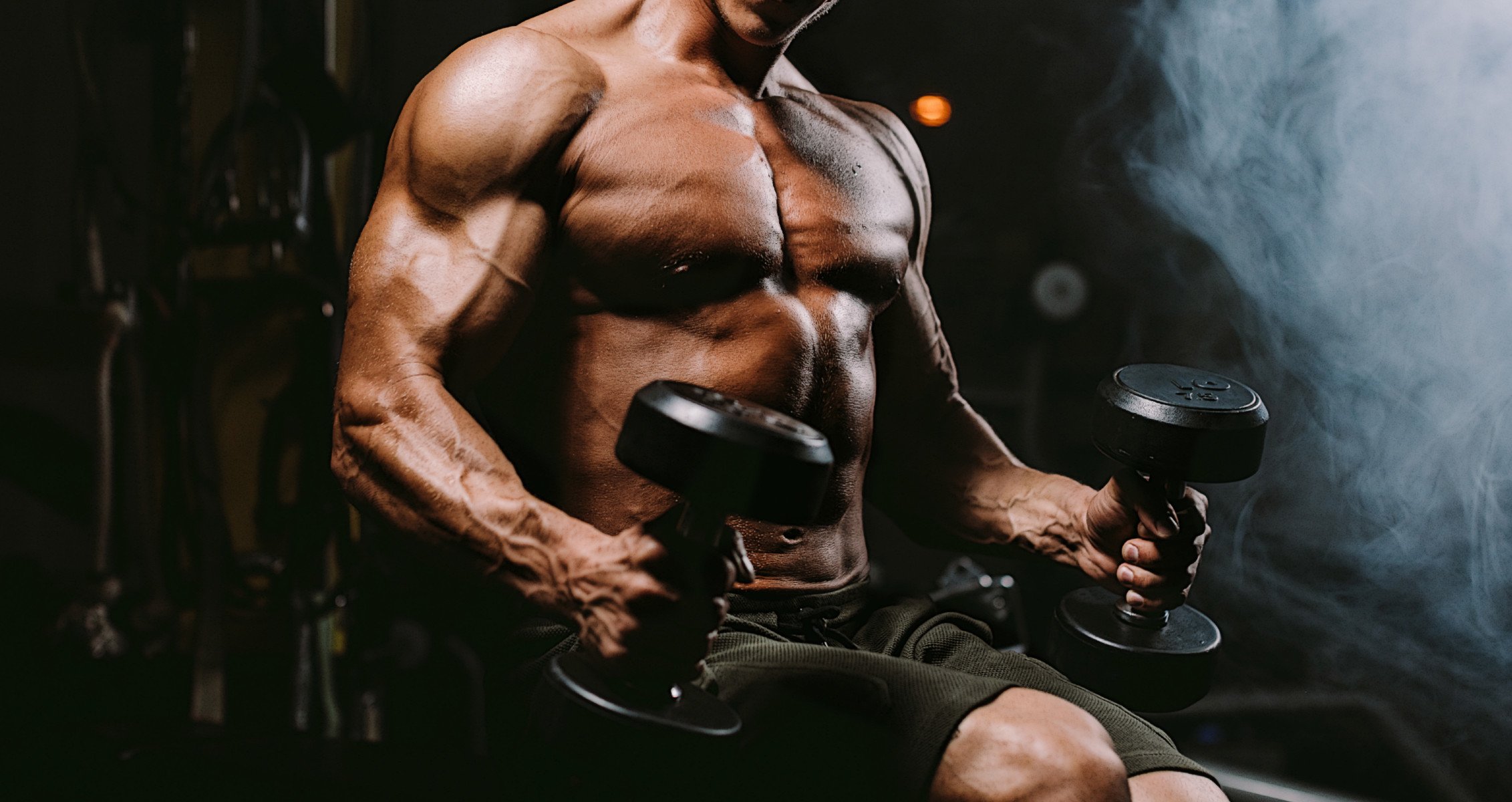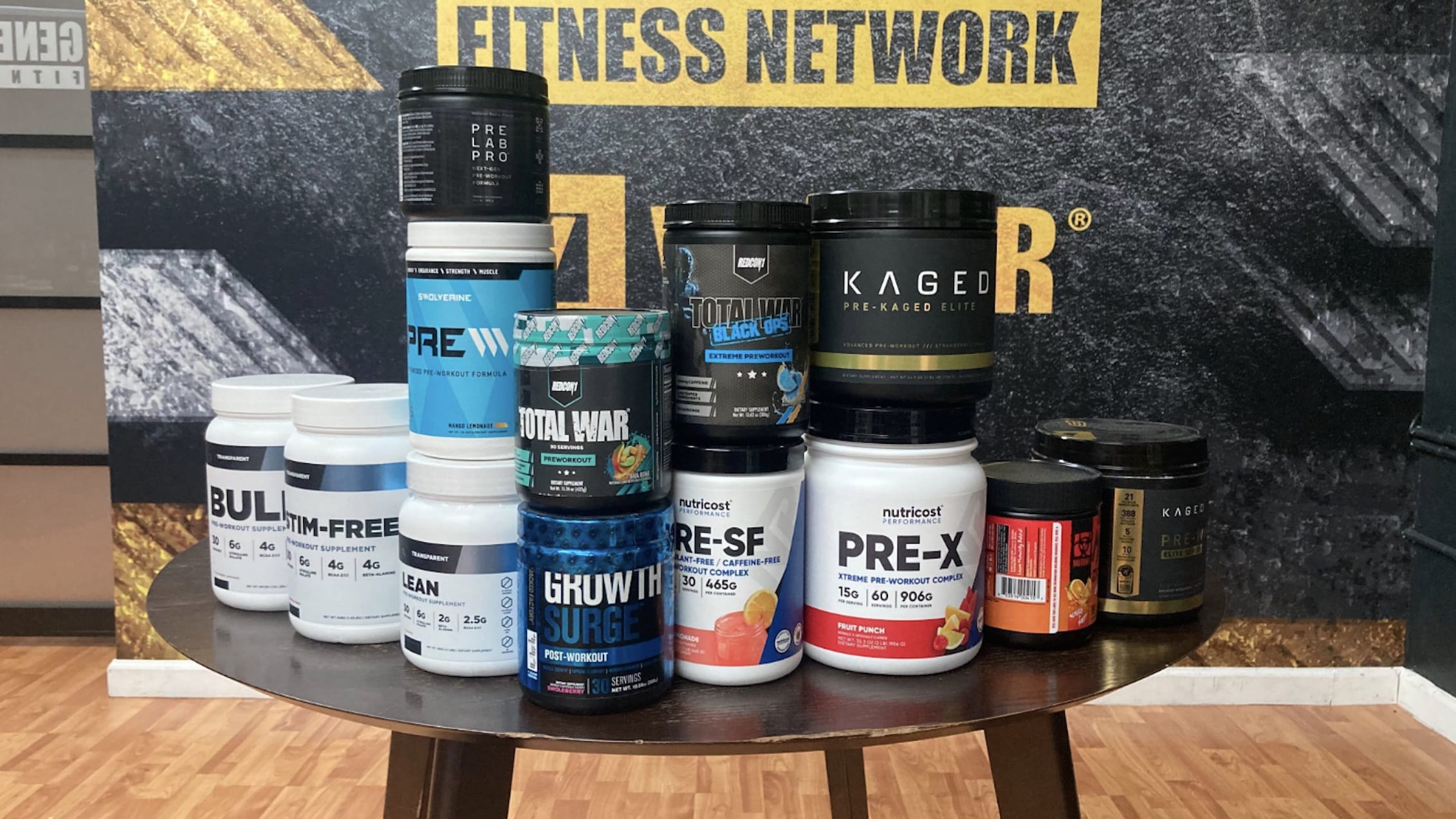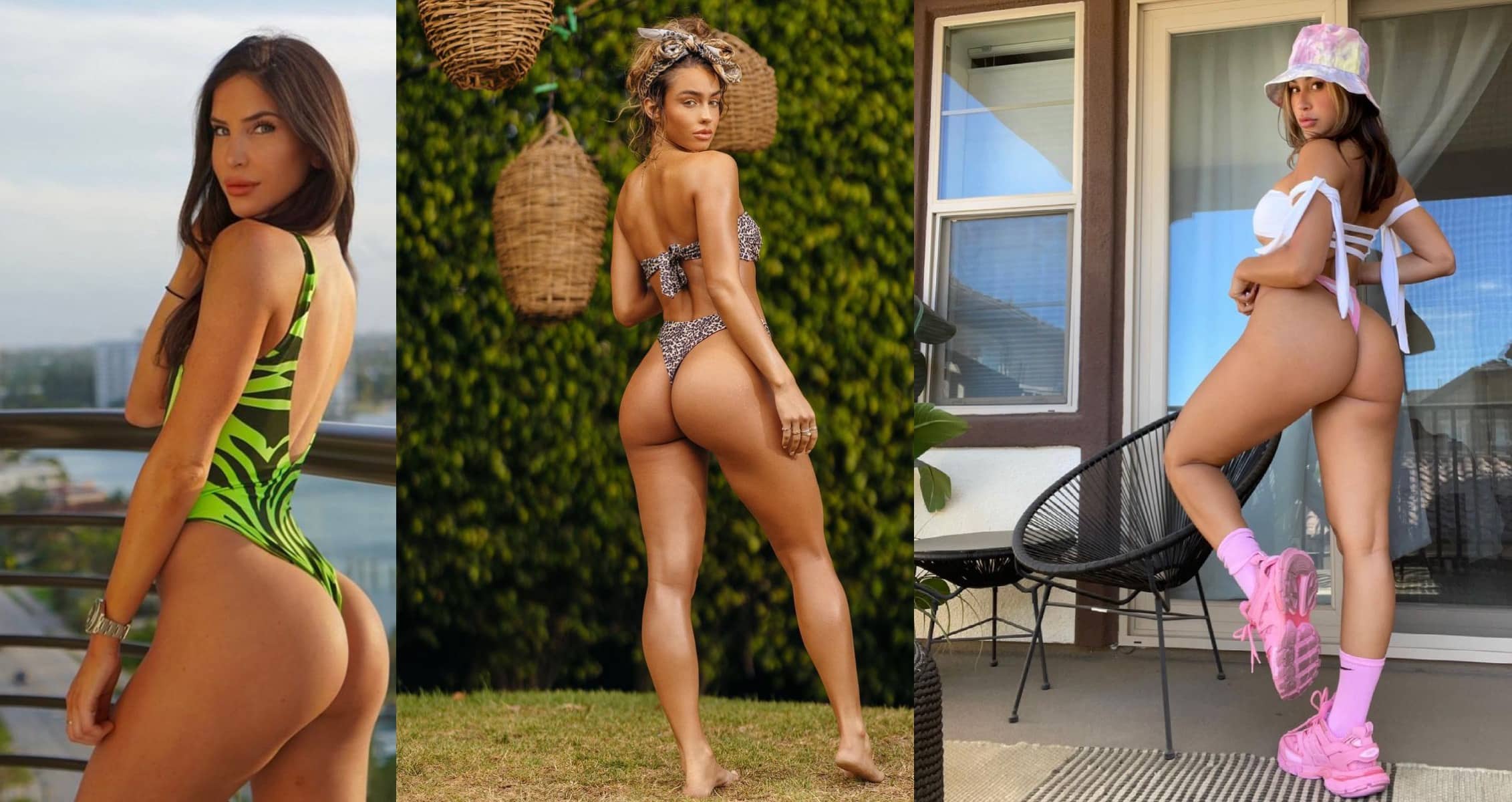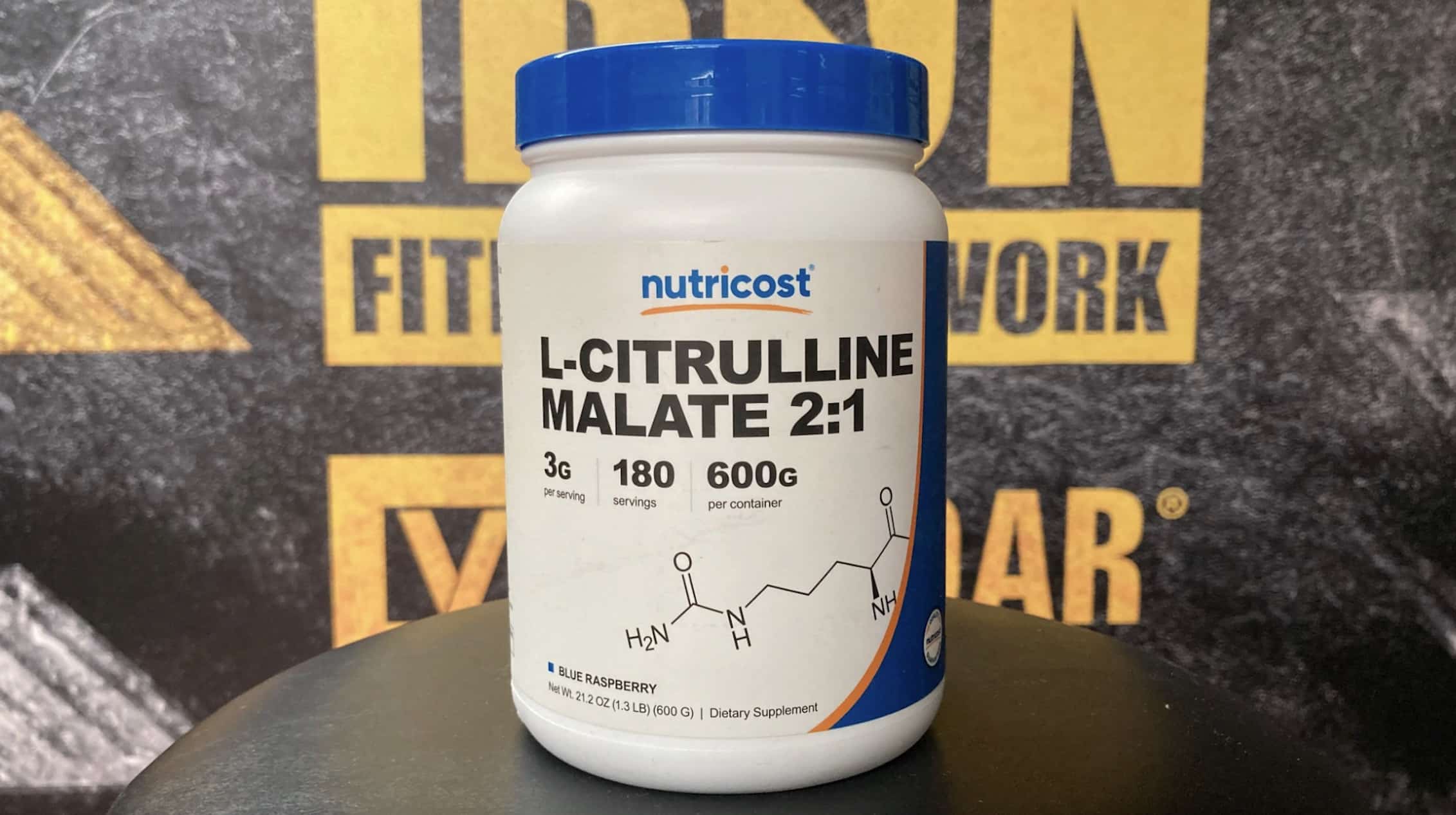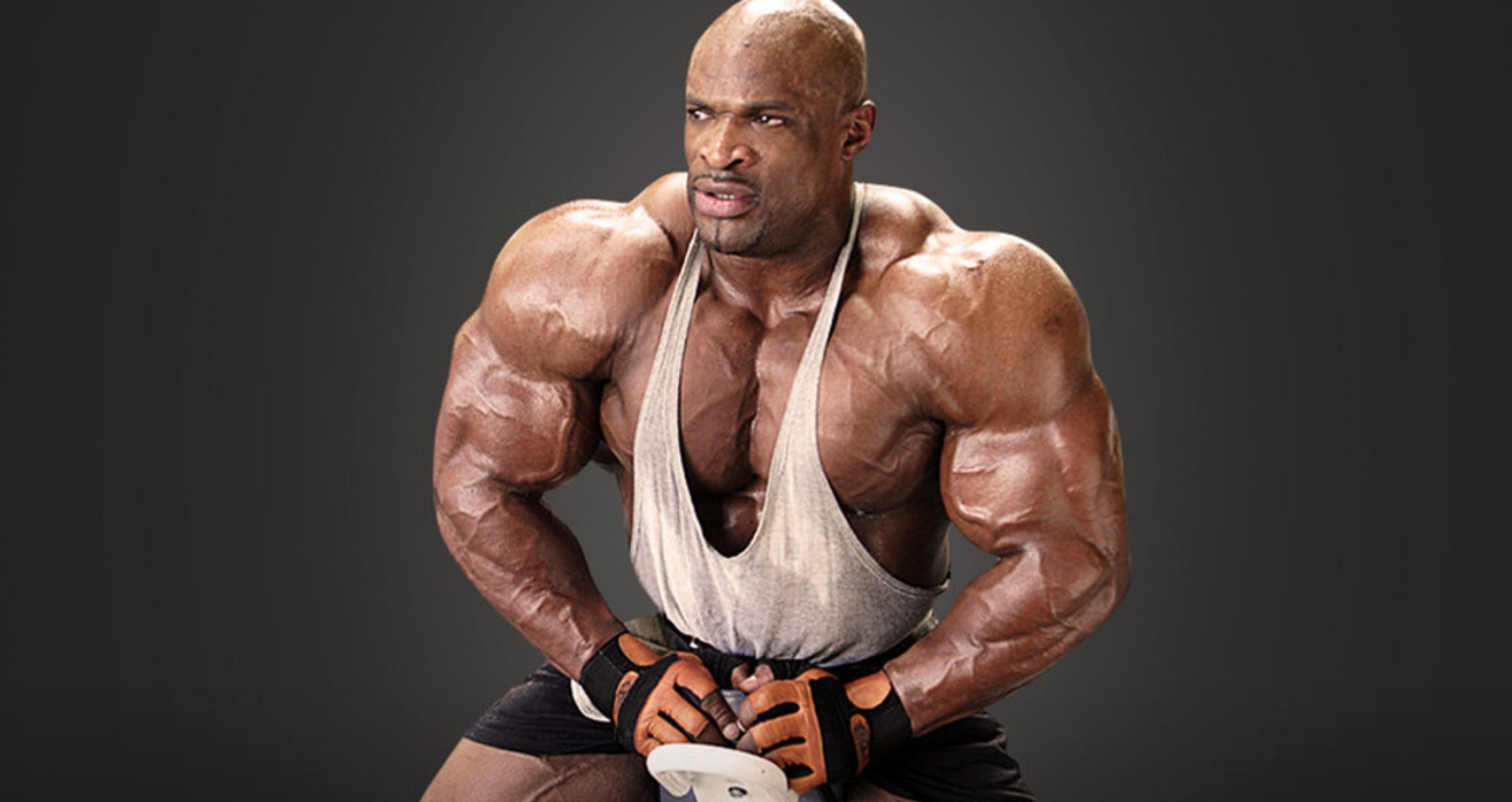Is your fitness goal raw strength, total body conditioning, or aesthetics?
Achieving peak physical fitness and conditioning takes many forms, but finding a training style that aligns with your goals is key. No matter your approach, two elements are essential for success: weightlifting and cardio. CrossFit, bodybuilding, and powerlifting are among the most popular training methods that incorporate these elements, each distinguished by its unique focus and techniques.
The question is: what are your fitness goals? Are you aiming to build muscle mass or prioritize full-body conditioning? Is functional fitness your primary focus, or are you striving to maximize overall strength?
This article explores these questions by comparing CrossFit vs. bodybuilding vs. powerlifting. We’ll break down their training methods and discuss how each can transform your body and enhance your fitness. Let’s dive in!
CrossFit
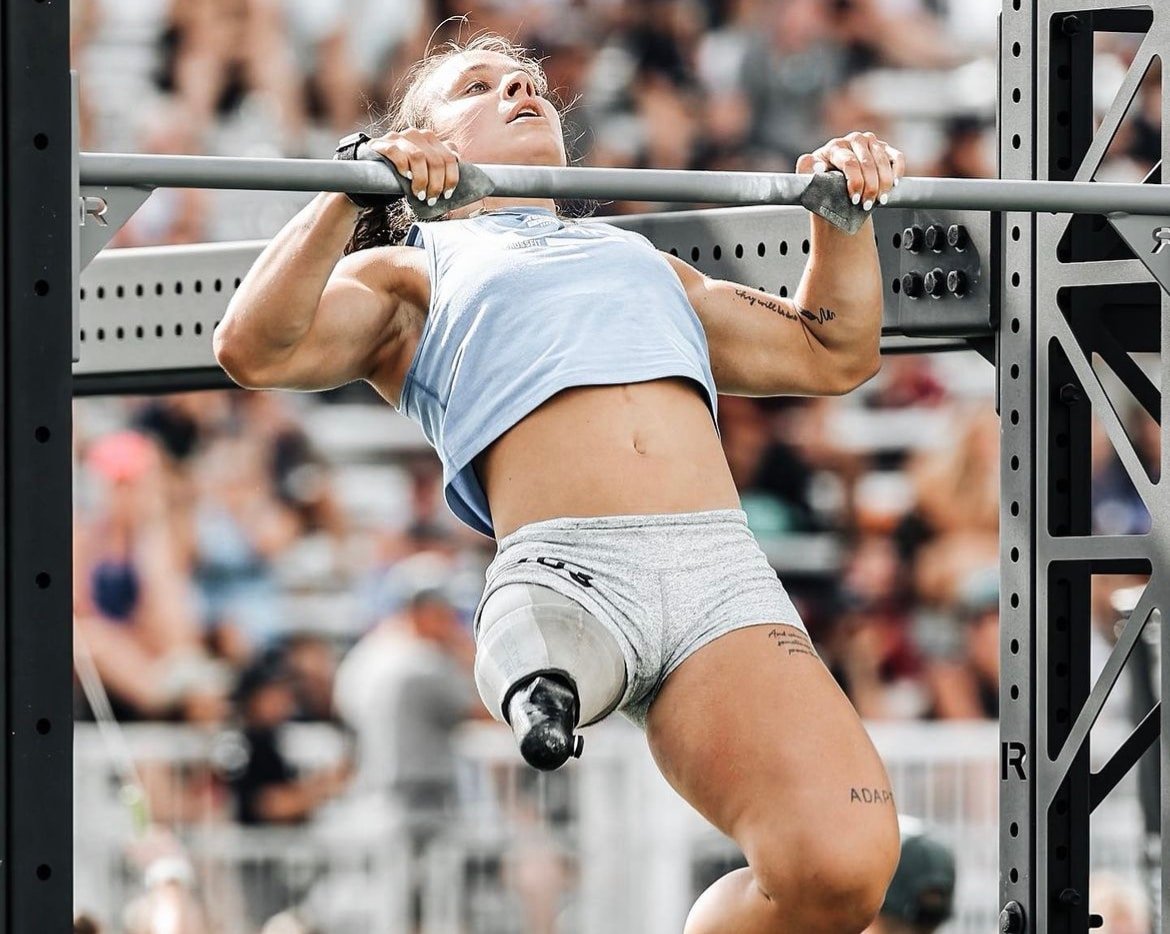
CrossFit is a high-intensity training program that focuses on building functional movements and conditioning (1). CrossFit exercises include Olympic weightlifting, plyometrics, powerlifting, cardio exercises, swimming, indoor rowing, sprinting, running, and some strongman-type events.
CrossFit athletes prioritize speed, power, cardiovascular endurance, strength, mobility/flexibility, coordination, accuracy, agility, and stamina over aesthetics. They rarely have the physique of a bodybuilder because it’s not all about building muscle mass and maintaining ultra low body fat for them. It’s about combining strength and ultimate full-body conditioning. If you’re a fan of this approach, you should try CrossFit.
CrossFit athletes don’t do training splits; they do WODs or MetCons in their gyms. WODs are “Workouts of the Day,” and MetCon is called “Metabolic Conditioning,” a type of workout usually included in WODs.
With the high-intensity training CrossFitters do, they need a rich diet containing essential nutrients that aid muscle and strength development. They should also limit unhealthy processed foods and stick with lean protein, carbs, healthy fats, and lots of water for hydration.
Bodybuilding
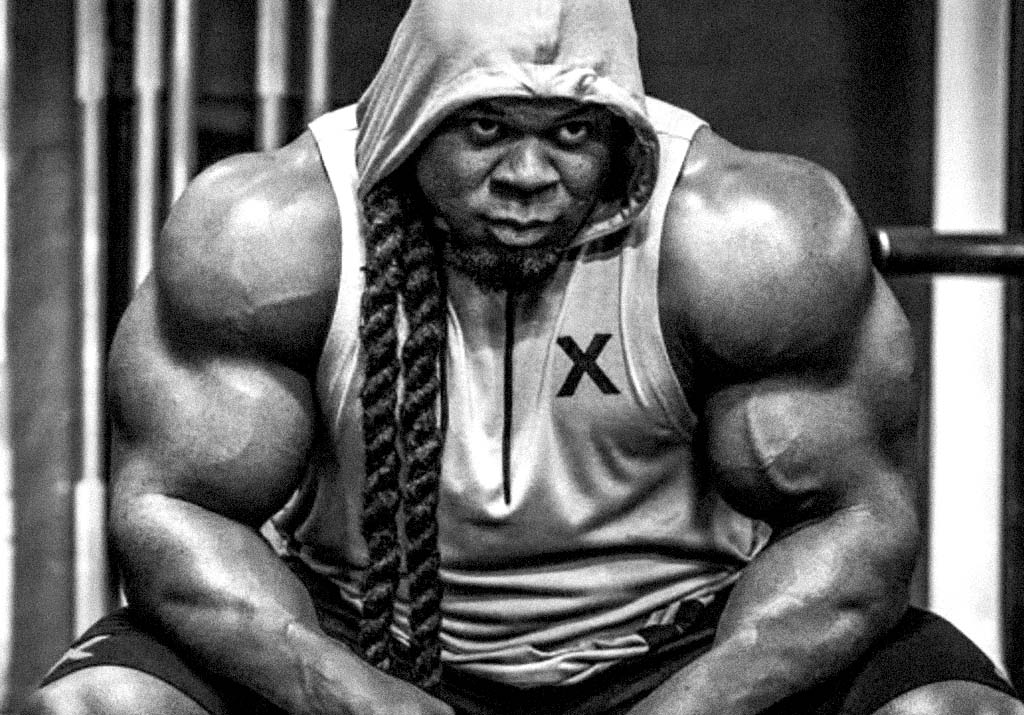
Bodybuilding is a sport that focuses on increasing muscle size while maintaining the perfect body-to-fat ratio. Bodybuilders concentrate more on their aesthetics than others (2).
Many athletes and legends have succeeded in this sport, showing their most defined physiques. These include legends like Arnold Schwarzenegger, Ronnie “The King” Coleman, Jay Cutler, Dorian Yates, Frank Zane, and Haney Lee. Even new bodybuilders like the current Arnold Classic champ, Derek Lunsford, and the current Mr. Olympia, Samson Dauda, Chris Bumstead, and Sam Sulek, aren’t exempt.
Bodybuilders undergo high-intensity resistance training for muscle hypertrophy and strength. They eat meals filled with high-protein, which aid muscle growth. So, if you’re a fan of building large muscles and aesthetics, you should try bodybuilding.
Of the three training approaches, bodybuilding is the most popular. Many believe it came into the limelight when the seven-time Mr. Olympia, Arnold Schwarzenegger, made his Hollywood debut, showcasing his aesthetically pleasing muscles on the silver screen.
Powerlifting

Powerlifting is a competitive strength sport focusing on three major lifts in three compound movements: squats, bench presses, and deadlifts. It’s a test of strength; sometimes, it can be confused with strongman competitions (3).
The difference between strongman competitions and powerlifting is that while powerlifting is limited to only three routines, strongman lifts include more exercises, such as log presses, farmer’s carries, truck pulling, and many more. Powerlifting focuses on getting stronger and lifting the heaviest weights possible on just the barbell squat, bench press, and deadlift.
Powerlifters always focus and train to beat their personal best. This might be your sport if you enjoy and are passionate about lifting heavy weights and being stronger than you were yesterday. While bodybuilding focuses on aesthetic muscles, powerlifters are about strength performance. Powerlifting is also an Olympic sport, making it quite different from bodybuilding and CrossFit.
CrossFit vs. Powerlifting
| Features | CrossFit | Powerlifting |
| Exercise Approach | Wide range of exercises | Squats, bench presses & deadlifts |
| Training Type | High intensity | Heavy weight & low reps |
| Goal | Total body fitness | Lifting heavy and maximizing strength in three lifts |
| Community | Workouts done in groups | Competitive & individual focused |
CrossFit vs. Bodybuilding
| Features | CrossFit | Bodybuilding |
| Exercise Approach | Doing multiple routines in a short period | Routines take longer compared to CrossFit |
| Training Type | High intensity | Slower and more controlled movements with high reps |
| Goal | Total body fitness | Building defined muscle mass |
| Community | Workouts done in groups | Competitive & individual focused |
Powerlifting vs. Bodybuilding
| Features | Powerlifting | Bodybuilding |
| Exercise Type | Squats, bench presses & deadlifts | Wide range of exercises |
| Training Type | Heavy weight & low reps | Slower and more controlled movements with high reps |
| Goal | Lifting heavy and maximizing strength in three lifts | Building leaner defined muscle mass |
| Focus | Focus on raw strength & less emphasis on aesthetics | Aesthetics and muscle building are important |
Rounding Up
CrossFit vs. bodybuilding vs. powerlifting are distinct strength-training disciplines. Each offers unique benefits to enhance fitness. The right choice depends on your personal preferences and fitness goals.
Bodybuilding is your ideal path to building well-defined, aesthetic muscle. CrossFit may be perfect for those seeking full-body conditioning through functional, high-intensity movements. On the other hand, powerlifting is the way to go if you’re driven by raw strength and enjoy testing your physical limits. So, which training style aligns best with your goals and lifestyle in the CrossFit vs. bodybuilding vs. powerlifting debate?
Follow Generation Iron on Instagram, Facebook, and Twitter for more training tips!
References
- Wagener, S., Hoppe, M. W., Hotfiel, T., Engelhardt, M., Javanmardi, S., Baumgart, C., & Freiwald, J. (2020). CrossFit® – Development, Benefits and Risks [CrossFit® – Entwicklung, Nutzen und Risiken]. Sportorthopa¨die-Sporttraumatologie, 36(3), 241–249. https://doi.org/10.1016/j.orthtr.2020.07.001
- Hackett, D. A., Johnson, N. A., & Chow, C. M. (2013). Training practices and ergogenic aids used by male bodybuilders. Journal of strength and conditioning research, 27(6), 1609–1617. https://doi.org/10.1519/JSC.0b013e318271272a
- Latella, C., Teo, W. P., Spathis, J., & van den Hoek, D. (2020). Long-Term Strength Adaptation: A 15-Year Analysis of Powerlifting Athletes. Journal of strength and conditioning research, 34(9), 2412–2418. https://doi.org/10.1519/JSC.0000000000003657
